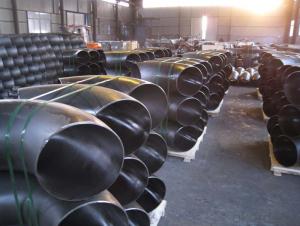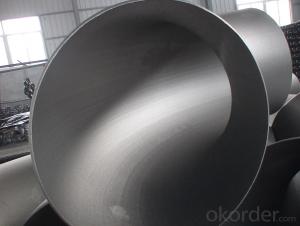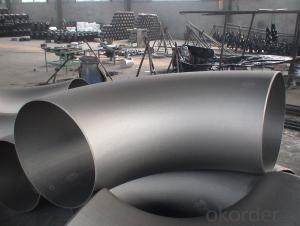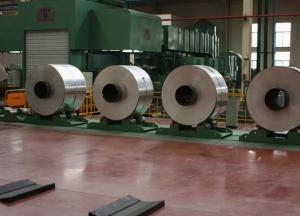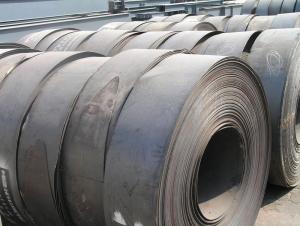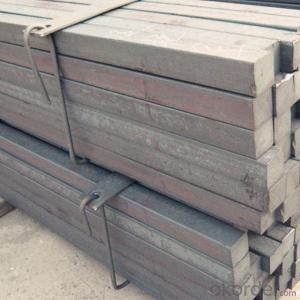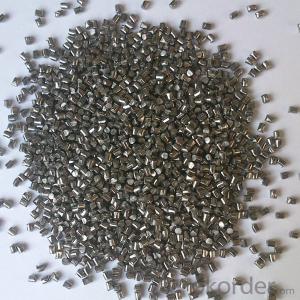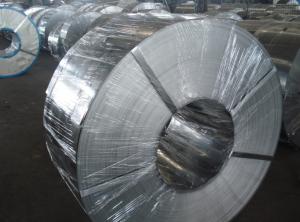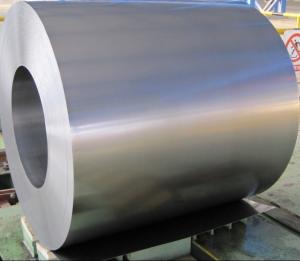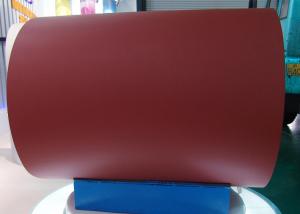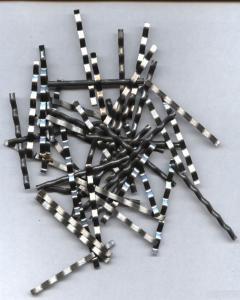Carbon steel pipe fittings BEND 1/2''-42''
- Loading Port:
- China Main Port
- Payment Terms:
- TT OR LC
- Min Order Qty:
- -
- Supply Capability:
- -
OKorder Service Pledge
OKorder Financial Service
You Might Also Like
Pipe fitting is the occupation of installing or repairing piping or tubing systems that convey liquid, gas, and occasionally solid materials. This work involves selecting and preparing pipe or tubing, joining it together by various means, and the location and repair of leaks.
Pipe fitting work is done in many different settings: HVAC, manufacturing, hydraulics, refineries, nuclear-poweredSupercarriers and Fast Attack Submarinescomputer chip fab plants, power plant construction and other steam systems. Pipe fitters (sometimes called simply "fitters") are represented in the USA and Canada by the United Association of Journeymen and Apprentices of the Plumbing and Pipe Fitting Industry of the United States and Canada.
Fitters work with a variety of pipe and tubing materials including several types of steel, copper, iron, aluminium, and plastic. Pipe fitting is not plumbing; the two are related but separate trades. Pipe fitters who specialize in fire prevention are called Sprinklerfitters, another related, but separate trade.
Materials, techniques, and usages vary from country to country as different nations have different standards to install pipe.
Elbow are an English alternative rock band consisting of Guy Garvey (vocals, guitar), Richard Jupp (drums, percussion), Craig Potter (keyboards, piano), Mark Potter (guitar, backing vocals), and Pete Turner (bass guitar, backing vocals). They have played together since 1990, adopting the Elbow band name in 1997, and have released six studio albums: Asleep in the Back (2001), Cast of Thousands (2003), Leaders of the Free World (2005), The Seldom Seen Kid (2008), Build a Rocket Boys! (2011), and The Take Off and Landing of Everything (2014). All of their studio albums, as well as B-sides compilation Dead in the Boot (2012), have placed in the top 15 of the British album chart and seven of their singles have placed in the top 40 of the British singles chart.
In 2008 Elbow won the Mercury Music Prize for their album The Seldom Seen Kid, and in 2009 they won the Brit Award for Best British Group In 2012 they released "First Steps", the BBC theme for the 2012 London Olympics
Specifications
Standard: ASTM A234 WPB, JIS, DIN, EN, GOST
Use for Oil, Gas, Subwatering act.
45/90/180 degree, LR/SR Elbow
ASTM A234 WPB ELBOW :
| ||||||||
| we are manufacturer for carbon steel pipe and fittings,like 45deg,90deg,180deg,L/R OR S/R,bend , | ||||||||
| equal or reducing tee, CON reducer, ECC reducer, pipe cap,flange. | ||||||||
| CON AND ECC REDUCER: CARBON STEEL,STAINLESS,STELL,ALLOY STEEL | ||||||||
| NOMINAL DIAMETER | BIG OD1 | SMALL OD2 | HEIGHT(MM) | |||||
| MM | SERIES A | SERIES B | SERIES A | SERIES B | 51-711 | |||
| 25*15--1500*1400 | 33.7-1524 | 32-1520 | 21.3-1420 | 18-1420 | ||||
| MATERIAL: A234WPB,A283,A105,A53,A106,API5L | ||||||||
| STANDARD: ASTM/ANSI,DIN,ISO,GB,JIS,BS ,GOST | ||||||||
| OTHERS: | ||||||||
| 1. Special design available according to requirement | ||||||||
| 2. All the production process are made under the ISO 9001:2000 strictly. | ||||||||
- Q:How does steel pipe coating for oil pipelines work?
- Steel pipe coating for oil pipelines works by applying a protective layer onto the surface of the pipe to prevent corrosion and extend its lifespan. The coating typically involves a combination of corrosion-resistant materials, such as epoxy or polyethylene, which are applied through various methods like hot-dip galvanizing or fusion bonded epoxy coating. This coating acts as a barrier against moisture, chemicals, and environmental factors, ensuring the pipeline's integrity and preventing leakage or degradation over time.
- Q:What are the advantages of using steel in the manufacturing of solar panels?
- There are several advantages of using steel in the manufacturing of solar panels. Firstly, steel is a strong and durable material, which ensures the longevity and reliability of the solar panels. Secondly, steel is readily available and cost-effective, making it an economical choice for mass production. Additionally, steel is highly recyclable, reducing the environmental impact of solar panel production. Lastly, steel's high thermal conductivity allows for efficient heat dissipation, preventing damage to the solar cells and ensuring optimal performance.
- Q:What are the different types of steel sheets and their uses in the construction of prefabricated buildings?
- There are several types of steel sheets commonly used in the construction of prefabricated buildings. These include cold-rolled steel sheets, hot-rolled steel sheets, galvanized steel sheets, and stainless steel sheets. Cold-rolled steel sheets are known for their smooth finish and high strength. They are commonly used in the construction of walls, roofs, and floors in prefabricated buildings due to their excellent durability and resistance to corrosion. Hot-rolled steel sheets are known for their superior strength and versatility. They are often used in the construction of structural components, such as beams and columns, in prefabricated buildings. Galvanized steel sheets are coated with a layer of zinc to protect them from corrosion. These sheets are commonly used in the construction of prefabricated buildings where exposure to moisture or harsh weather conditions is a concern, such as in coastal areas or industrial settings. Stainless steel sheets are highly resistant to corrosion and have excellent mechanical properties. They are commonly used in the construction of prefabricated buildings in environments where hygiene and durability are crucial, such as hospitals, laboratories, and food processing facilities. Overall, the different types of steel sheets used in the construction of prefabricated buildings provide a range of options to meet specific requirements for strength, durability, corrosion resistance, and aesthetic appeal.
- Q:What are the applications of steel forgings in the aerospace industry?
- Steel forgings have numerous applications in the aerospace industry due to their exceptional strength, durability, and resistance to extreme conditions. They are commonly used in critical components such as landing gear, engine parts, turbine discs, and structural components. Steel forgings ensure the reliability and safety of aircraft by withstanding high temperatures, pressure, and stress, while also offering weight savings compared to other materials.
- Q:What are the different types of steel rails and their applications in railways?
- There are several types of steel rails used in railways, including plain carbon steel rails, heat-treated carbon steel rails, and alloy steel rails. Plain carbon steel rails are the most commonly used type and are suitable for most railway applications. They have good strength, durability, and wear resistance. Heat-treated carbon steel rails undergo a heat treatment process to improve their hardness and strength. These rails are used in high-traffic areas, such as mainline tracks, where they can withstand heavy loads and minimize wear. Alloy steel rails contain additional elements like manganese, chromium, and nickel, which enhance their strength and corrosion resistance. These rails are used in harsh environments, such as coastal areas, where there is a higher risk of corrosion. The choice of steel rail depends on factors like the railway's traffic volume, speed, and environmental conditions. By selecting the appropriate type of steel rail, railways can ensure safety, reliability, and longevity of their tracks.
- Q:How are steel products used in the marine and shipbuilding industry?
- Steel products are widely used in the marine and shipbuilding industry due to their strength, durability, and corrosion resistance. They are used to construct the hull, decks, bulkheads, and other structural components of ships and offshore structures. Additionally, steel is utilized in the fabrication of equipment, such as propellers, shafts, and anchoring systems. Its use in the marine industry ensures the safety and reliability of vessels, making it essential for shipbuilding and maritime operations.
- Q:What are the different types of steel pipes and tubes available?
- There are several different types of steel pipes and tubes available, including seamless, welded, galvanized, stainless steel, and carbon steel pipes. Each type has its own unique properties and uses, making them suitable for various applications in industries such as construction, plumbing, oil and gas, and manufacturing.
- Q:What are the different types of steel doors and windows?
- There are several types of steel doors and windows available in the market, including hollow metal doors, steel-framed windows, fire-rated doors, bulletproof doors, and security doors.
- Q:How do steel products contribute to the construction of theme-based culinary experience centers?
- Steel products contribute to the construction of theme-based culinary experience centers by providing structural support and durability to the buildings. Steel beams, columns, and frames are used to create the framework of the centers, ensuring stability and safety. Additionally, steel is often used for the fabrication of kitchen equipment, such as countertops, shelves, and cooking appliances. Its strength and resistance to heat and corrosion make it an ideal material for creating a functional and aesthetically pleasing culinary environment.
- Q:How is steel used in the construction of wastewater treatment plants?
- Steel is commonly used in the construction of wastewater treatment plants for various purposes such as structural support, tanks, pipelines, and equipment. It provides durability, strength, and corrosion resistance, ensuring the longevity and reliability of the facility.
1. Manufacturer Overview |
|
|---|---|
| Location | |
| Year Established | |
| Annual Output Value | |
| Main Markets | |
| Company Certifications | |
2. Manufacturer Certificates |
|
|---|---|
| a) Certification Name | |
| Range | |
| Reference | |
| Validity Period | |
3. Manufacturer Capability |
|
|---|---|
| a)Trade Capacity | |
| Nearest Port | |
| Export Percentage | |
| No.of Employees in Trade Department | |
| Language Spoken: | |
| b)Factory Information | |
| Factory Size: | |
| No. of Production Lines | |
| Contract Manufacturing | |
| Product Price Range | |
Send your message to us
Carbon steel pipe fittings BEND 1/2''-42''
- Loading Port:
- China Main Port
- Payment Terms:
- TT OR LC
- Min Order Qty:
- -
- Supply Capability:
- -
OKorder Service Pledge
OKorder Financial Service
Similar products
New products
Hot products
Related keywords
